Kerala’s Green Leap: A Decade of Agricultural Transformation Led by the State
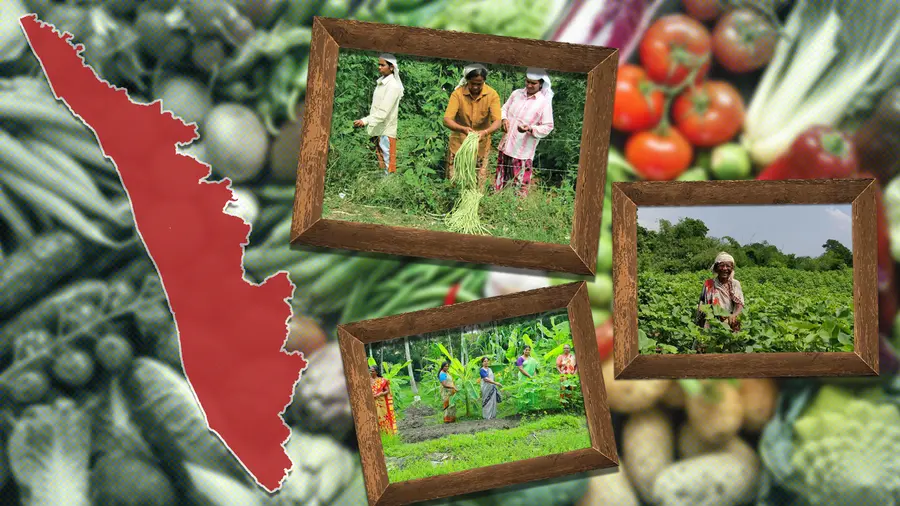

Anjali Ganga
Published on May 17, 2025, 03:38 PM | 7 min read
Across Kerala, a quiet but powerful agricultural revolution has been unfolding. Fields once lying fallow are now abundant with vegetables, local markets brim with fresh produce, and farmers, once uncertain of their future, are returning to their land with renewed confidence. What was once a state heavily dependent on other regions for basic vegetables is now producing nearly 80% of its daily requirement locally. This transformation is not a coincidence but the result of a decade of sustained policy intervention, grassroots mobilisation, and a relentless push for self -sufficiency by the Kerala government.
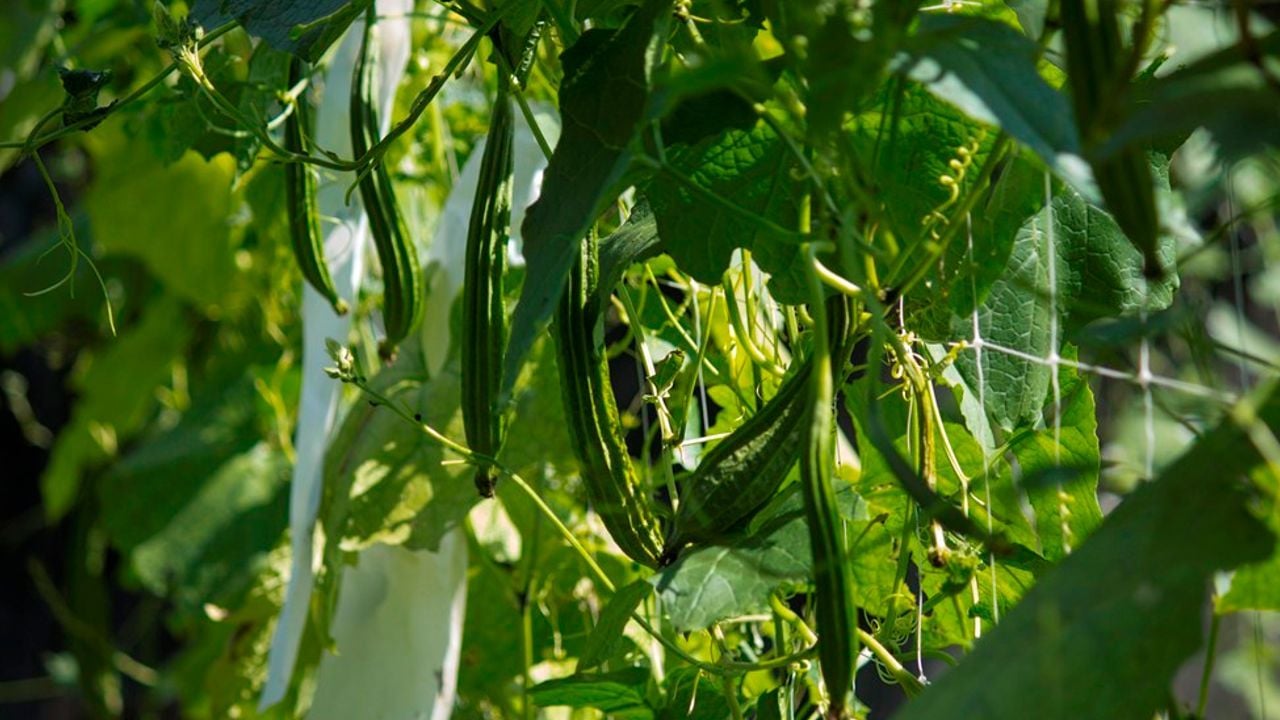
In 2015-2016, Kerala’s vegetable production stood at a modest 6.28 lakh metric tonnes. By 2023-2024, this had grown to 17.2 lakh metric tonnes—almost three times the original figure. The area under vegetable cultivation saw a similar surge, from 46,500 hectares in 2015-16 to 1,02,484 hectares by 2025. Currently, 4,301.4 tonnes out of Kerala’s daily vegetable requirement of 5,479 tonnes are produced locally, a significant milestone for a state that once relied almost entirely on interstate imports.
While Kerala continues to source certain key vegetables like onions, potatoes, tomatoes, beans, carrots, cabbage, and cauliflower from outside, the dramatic jump in local production marks a pivotal shift in the state’s agricultural narrative. This journey has been led from the front by the state government, with a slew of policies designed to increase production, ensure fair pricing, and provide long-term sustainability for farmers.
One of the major driving forces behind this change has been the Haritha Samrudhi Campaign, implemented by the Kudumbashree Mission. Focused especially on winter crops, this campaign enabled the cultivation of vegetables such as carrots, cabbage, radish, and cauliflower on a significant scale. Under its Winter Vegetable Farming Campaign, 68,474 women farmers across 14,977 Joint Liability Groups (JLGs) in 6,037 wards took up cultivation on 1,981.04 hectares of land. This not only empowered rural women but also converted vast stretches of land into productive agricultural zones.
In addition to winter vegetables, crops like lady’s finger, tomato, spinach, yardlong beans, brinjal, and cucumber have also been cultivated under the campaign. The produce is sold through Kudumbashree’s Nattuchantha outlets, Agri Kiosks, and local marketing fairs, ensuring fair prices and access to urban and rural consumers alike. This direct marketing system eliminates middlemen and enhances the profitability of small-scale farmers.
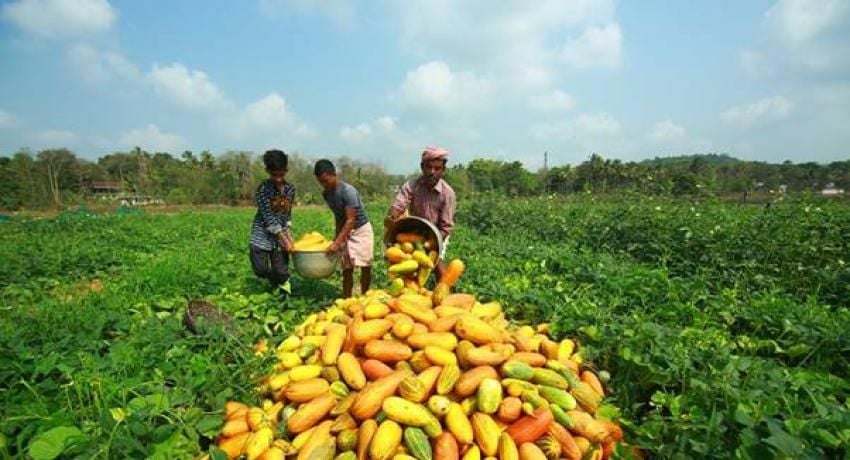
Supportive infrastructure has played a critical role. Krishi Bhavans across the state distribute vegetable seedlings free of cost. Technical support is provided through collaboration with the Indian Council of Agricultural Research – Central Tuber Crops Research Institute (ICAR – CTCRI), which conducts comprehensive training programmes on cultivation, pest control, and harvesting. A total of 5,631 training sessions have been conducted across 152 blocks. The government has also integrated the Mahatma Gandhi National Rural Employment Guarantee Scheme (MGNREGS) with agriculture, offering much- needed labour support during critical cultivation periods.
Another crucial initiative has been the promotion of organic farming under the leadership of local self -governments. Campaigns such as Jaiva Sammridhi and Jaiva Gramam are implemented with the support of NGOs and residential organisations. These efforts encourage communities to utilise fallow lands for cultivation, improving local food security and soil health.
Kerala''s agricultural planning has been institutionalised through the Subhiksha Keralam Project, which introduced a structured Vegetable Development Programme. This programme is coordinated by the Agriculture Development and Farmers Welfare Department, in partnership with local bodies, Haritha Keralam Mission, VFPCK, SHM, KAU, and Horticorp. Together, these bodies ensure convergence of planning and implementation at the agro-ecological unit (AEU) and panchayat levels. The programme is also supported by PSUs, ATMA, and organic certification systems like GAP and PGS, which guarantee the quality and safety of produce.
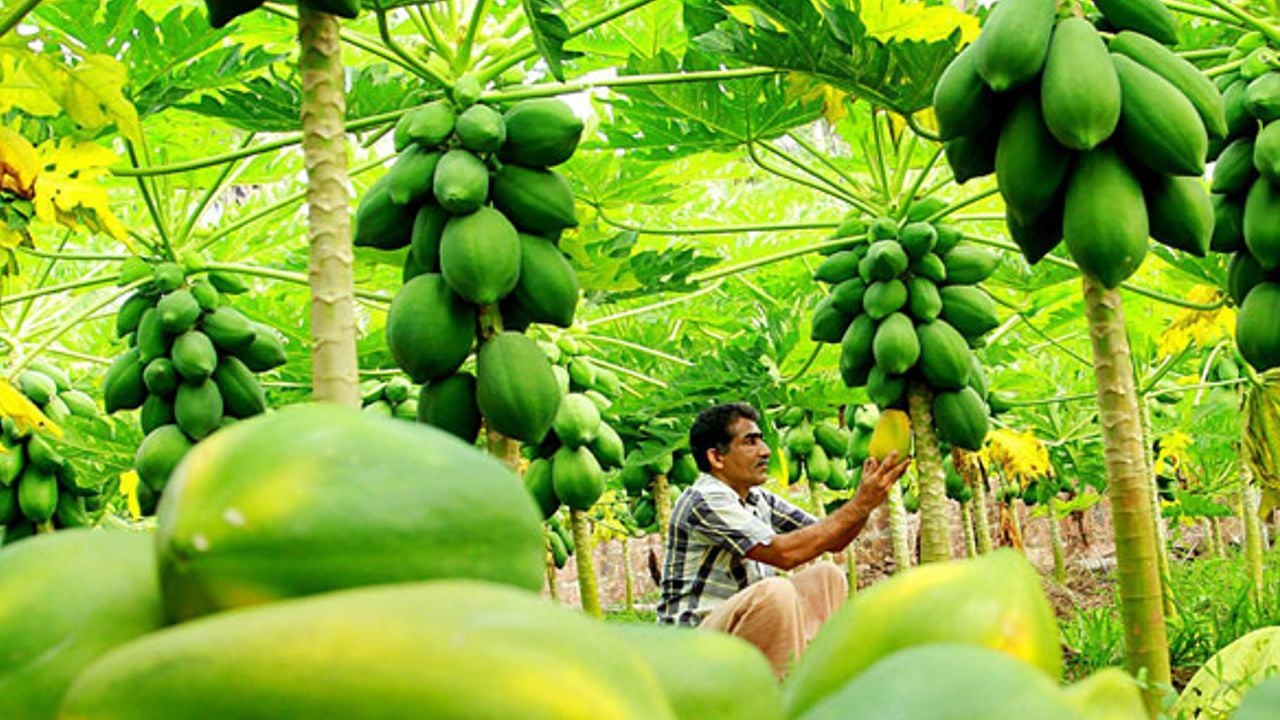
A landmark policy intervention came in 2020, when Kerala became the first state in India to introduce a Vegetable Base Price Scheme. This was a timely response to the national debate over the Centre’s Farm Acts and the uncertainty they created. Under this scheme, the government fixed base prices for 16 selected vegetables and fruits. If the market price of any of these crops falls below the declared base price, government agencies step in to procure the produce at the minimum support rate.
The base prices (in ₹/kg) include tapioca – ₹12, nendran – ₹30, nendran (Wayanadan) – ₹24, pineapple – ₹15, ash gourd – ₹9, cucumber – ₹8, bitter gourd – ₹30, snake gourd – ₹16, cowpea – ₹34, tomato – ₹8, lady’s finger – ₹20, cabbage – ₹11, carrot – ₹21, potato – ₹20, beans – ₹28, beetroot – ₹21, and garlic – ₹139. This move has protected thousands of small-scale farmers from market volatility and assured them fair compensation.
The outcomes are measurable. According to the Department of Economics and Statistics, farmers’ income in Kerala has increased by 50% over the last few years. The state has set an ambitious target to double this in the near future. While the national average agricultural growth rate was 2.1% in 2023-2024, Kerala registered a 4.65% growth rate, reflecting the success of its strategic interventions.
In terms of employment, over two lakh jobs have been created in the agricultural sector as a result of these reforms. The state has also instituted the highest paddy storage cost in India—28.20 rupees per kg. For other key crops, Kerala offers support prices of 34 rupees for coconut and 180 rupees for rubber, ensuring stable incomes across different farming communities.
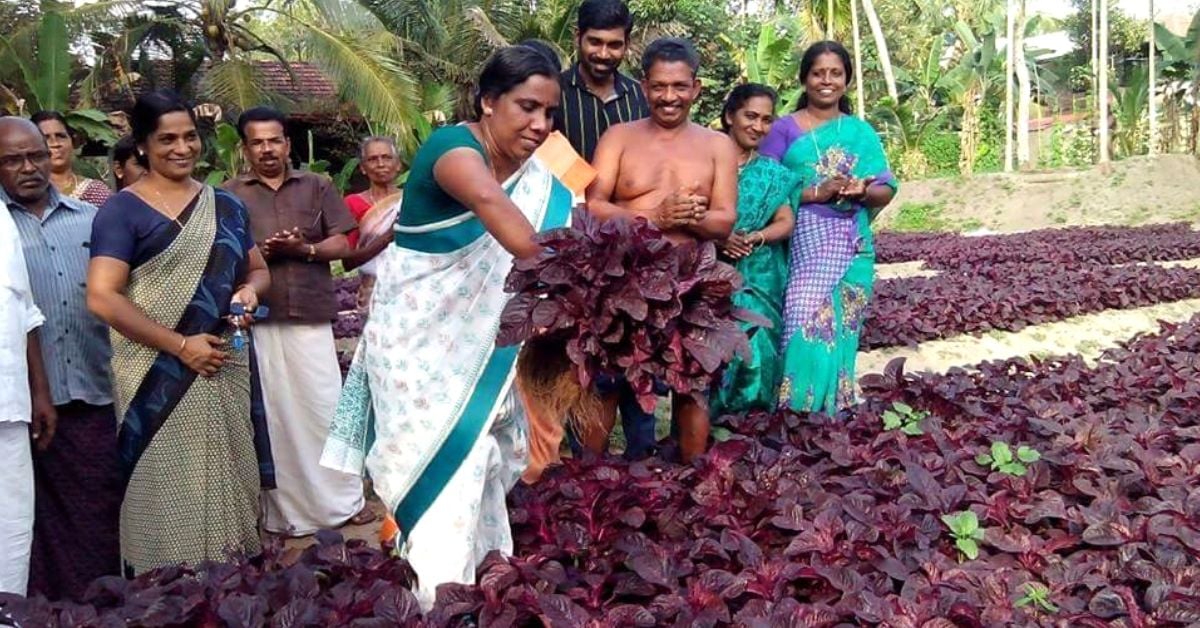
Community mobilisation has been central to this success. The government has formed 23,569 Krishikkoottams—farmers’ collectives that play a vital role in planning, production, processing, and marketing. These collectives also promote innovation, sustainability, and equitable distribution of agricultural services. As climate change threatens traditional agriculture, the state is also investing in climate -resilient farming and has set a goal of expanding organic farming to 5,000 hectares over the next five years.
Technological integration has further strengthened Kerala’s agriculture. The Poshaka Samridhi Mission and tools like the Kathir App allow farmers to access market information, weather alerts, and training modules in real time. To promote diversification and nutrition, the government has launched millet cafés and supported the branding of over 2,000 value- added agricultural products—spurring rural entrepreneurship and improving dietary diversity.
The state’s budget allocation reflects its agricultural priorities. In the financial year 2024-25, 7,845 lakh rupees was allocated for the Vegetable Development Programme. Of this, 6,045 lakh rupees was routed through the Agriculture Department, and 1,800 lakh rupees through the Vegetable and Fruit Promotion Council Keralam (VFPCK). A separate 715 lakh rupees was earmarked for the adoption of precision farming and hybrid varieties to increase yield and resource efficiency.
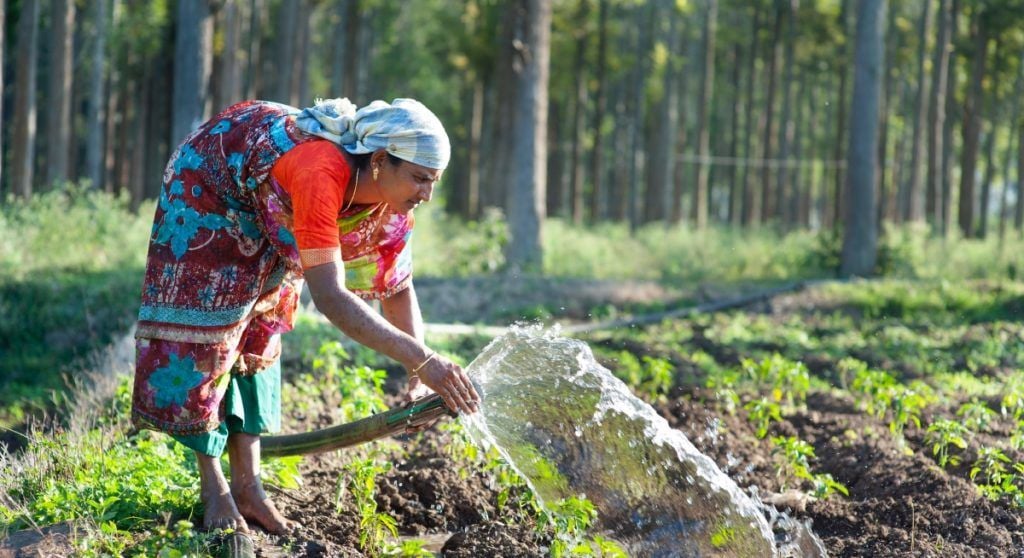
Home-based cultivation is also being encouraged. The government supplies free seed kits and vegetable seedlings for homestead farming. Perennial crops like breadfruit, agathi, moringa, and curry leaves are included to ensure year -round production. Farmers are encouraged to register on the AIMS portal for insurance coverage and compensation for crop loss due to natural calamities.
Looking ahead, the state is focused on export -oriented production and value addition. The government is assisting Farmer Producer Organisations (FPOs) in processing, branding, and marketing, creating new revenue streams and expanding Kerala’s presence in agricultural exports. A seasonal highlight of this strategy is the Onathinu Orumuram Pachakkari project, which ensures abundant vegetable production during the Onam festival season. This initiative reduces dependence on imports at peak demand times and stabilises prices for consumers while maximising profits for farmers.
Kerala’s agricultural transformation is more than a statistical achievement—it is a model of inclusive, sustainable, and community-driven development. With strong public institutions, innovative policy, and deep-rooted citizen participation, the state is now firmly on the path to complete self-sufficiency in vegetable production by 2026. As farmers across the state reap the rewards of these efforts, Kerala’s green revolution stands not only as a success story of the present but as a blueprint for the future of Indian agriculture.




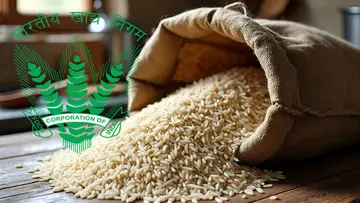

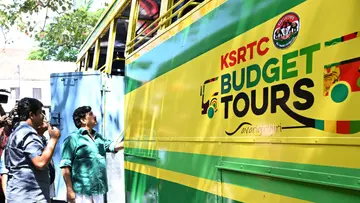
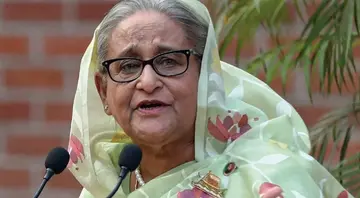


0 comments